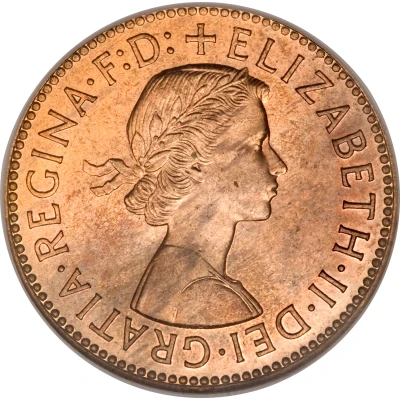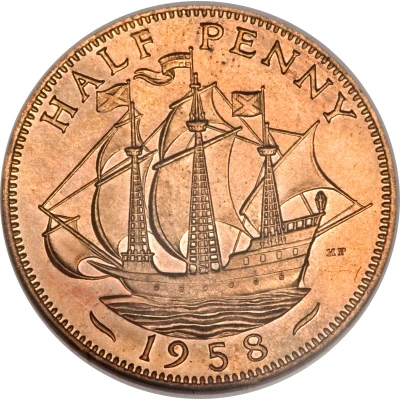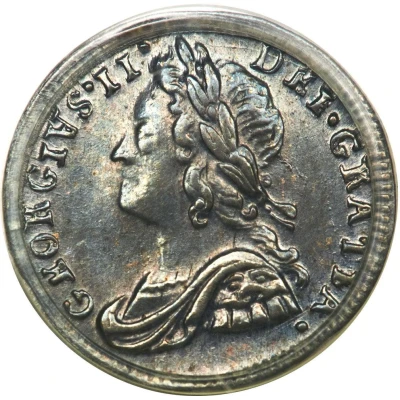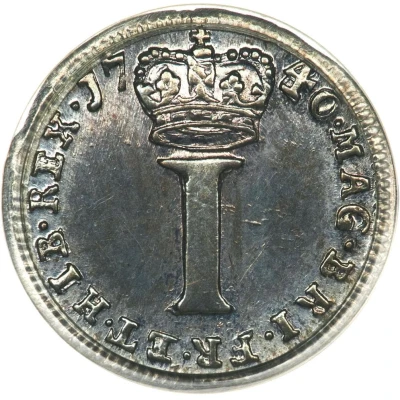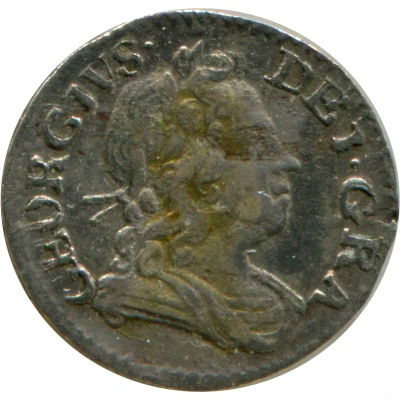
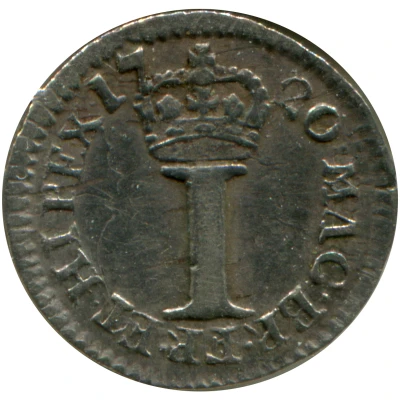

© maudry
1 Penny - George I incl. Maundy
| Silver (.925) | 0.5 g | 12 mm |
| Issuer | United Kingdom (United Kingdom, British Overseas Territories and Crown Dependencies) |
|---|---|
| King | George I (1714-1727) |
| Type | Standard circulation coin |
| Years | 1716-1727 |
| Value | 1 Penny (1⁄240) |
| Currency | Pound sterling (1158-1970) |
| Composition | Silver (.925) |
| Weight | 0.5 g |
| Diameter | 12 mm |
| Shape | Round |
| Technique | Milled |
| Orientation | Coin alignment ↑↓ |
| Demonetized | Yes |
| Updated | 2024-10-08 |
| Numista | N#83492 |
|---|---|
| Rarity index | 81% |
Reverse
Large central denomination below crown dividing date, legend around.
Script: Latin
Lettering:
MAG·BR·FR·ET·HI·REX·17 20·
1
Unabridged legend: Magnae Britanniae Franciae Et Hiberniae Rex
Translation: King of Great Britain France and Ireland
Comment
The standard weight of this coin was 1/62 troy ounce or 7.7 grains.Before the Great Recoinage of 1817, there is no known evidence to suggest that separate 'prooflike' strikes were issued for the Maundy ceremony, suggesting that the money handed out was identical to the current circulating coinage.
Sp#3658 Maundy money sets listed with their KM# ref:
1723 MDS41 1727 MDS42
Interesting fact
One interesting fact about the 1 Penny - George I (incl. Maundy) 1716-1727 coin from the United Kingdom is that it was made of silver, specifically .925 silver, which is an alloy consisting of 92.5% silver and 7.5% other metals. This is notable because silver was a valuable and sought-after metal at the time, and its use in coinage was a sign of the coin's value and authenticity. Additionally, the fact that the coin was made of silver and not a less valuable metal like copper or bronze, suggests that it was intended for circulation among the wealthier classes of society.
